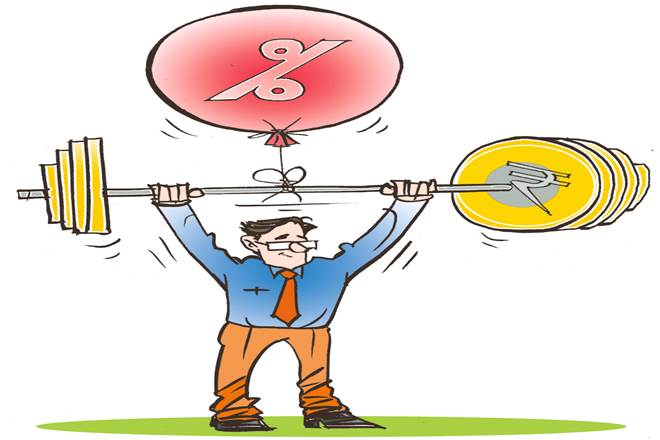The Finance Bill, 2019, has introduced a far-reaching tax reform. Clause 8 of the Bill has enhanced the rebate under Section 87A from Rs 2,500 to Rs 12,500. As a result, about 40% of individual taxpayers on the records of the department—those with returned total income of `5 lakh or less—are absolved of any obligation of paying income tax.
In practical terms, after availing standard deduction as well as other deductions for long-term savings etc, salary earners can easily earn up to `60,000 per month without having to worry about income tax. The impact of this reform on the economy is likely to be multi-layered and complex, but mostly beneficial.
The finance minister had, in his Interim Budget speech, estimated the cost of this reform at `18,500 crore—the revenue loss emanating from this measure. The government appears to have computed this by aggregating the revenue gathered from slabs below `5 lakh. This calculation is fallacious because, historically, whenever tax rates have been reduced, collections have shot up.
Thus, when in FY75, personal income tax rates were reduced from 97.75% to 77%, and then later in FY77 further reduced to 66%, the net revenues of the government of India from this source—after deducting the states’ share—spurted from `213 crore in FY74 to `362 crore in FY75 and further to `542 crore in FY77. Sometimes, however, the spurt comes with a lag of a few years. For instance, over FY86 and FY88, the number of tax slabs were reduced to four, and the maximum tax rate was further brought down to 50%. Revenues, correspondingly, increased from `697 crore in FY85 to `1,492 crore in FY89.
These instances can be multiplied, but the fiscal history of modern India quite clearly establishes that rate cuts tend to increase and not decrease tax revenues. In practical terms, therefore, the recent rate cut may not only have no cost, but may actually result in revenue gains.
What explains this phenomenon?
Arthur Laffer, the noted American economist, points out that starting from a tax rate of nil, every increase in the rate of tax will, in the first instance, lead to an increase in revenue. After an optimum point, however, a further increase in rates will lead to a decrease in total revenue. It follows then after such a point a decrease in rate will lead to an increase in total revenue. Unlike many other countries—especially in developed world—in India the Laffer curve appears to be not an idle theoretical construct, but a reality.
Quite apart from public revenues, the new rationalised structure of rates is likely to affect the economy in a number of other ways as well. Firstly, among the affected middle classes, it may drive people to work harder, because whatever additional income they earn will now remain with them. Unlike the rich, these taxpayers value additional income much more than additional leisure.
Secondly, many of them may now declare to the tax authorities some income they were earlier trying to evade or avoid. This is because they may now find that the cost of compliance is low, but that of evasion and avoidance is high.
Finally, the additional income now available to the taxpayer will either be saved or spent. At the macro level, if it is saved, it will help enhance household savings (recovering from a five-year low of 16.3% of GDP in FY17) and translate into much-needed investment. On the other hand, if it is spent, it will augment sagging consumer demand, which may help firms utilise excess capacity, and ultimately spur them into making fresh investments in capital goods. In either case, the overall economy will benefit.
The main criticism against this measure is that the ruling government should not have waited till its last Budget to announce the same. The current government was elected on the plank of “minimum government and maximum governance”. This tax reform is very much in line with that promise. With the maximum marginal tax rate of 30% (about 36% with various cesses and surcharges), applicable to incomes above `10 lakh, India’s rate structure is internationally competitive. The 30% band, however, kicks in at a comparatively lower level than in many other countries. In addition, the bands themselves need to be elongated. This is because they were set many years ago. Because of inflation, many taxpayers find themselves being taxed at higher rates, without their real income having increased.
The draft Direct Taxes Code presented for discussion by the UPA government in 2009 suggested a rate of 10% for incomes up to `10 lakh, 20% between `10 lakh and `25 lakh, and 30% above `25 lakh. In the Indian context, this is a pre-eminently sensible rate structure that a newly elected government should seriously consider adopting when it presents the full Budget later this year. This would carry through the current reform to its logical conclusion.

